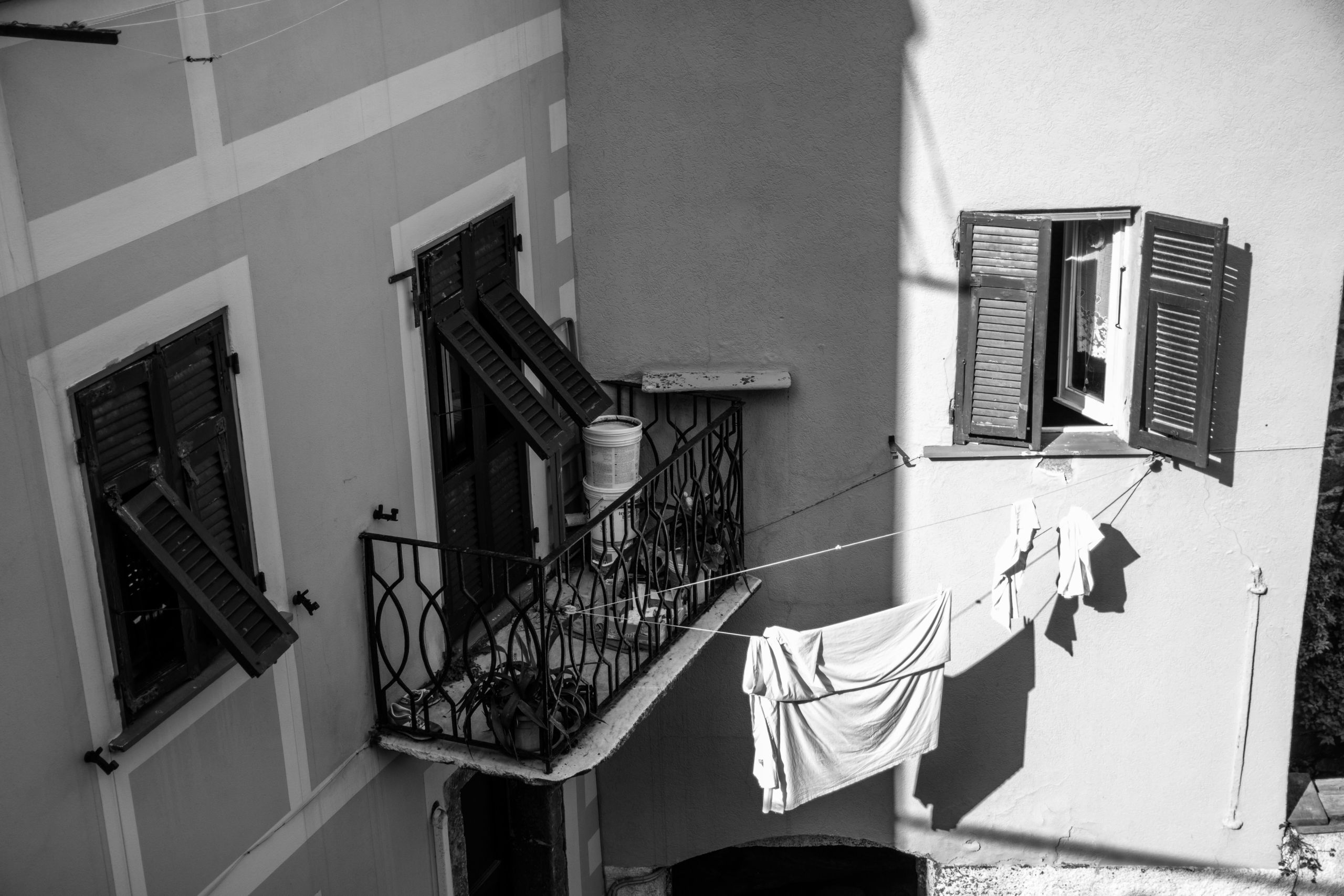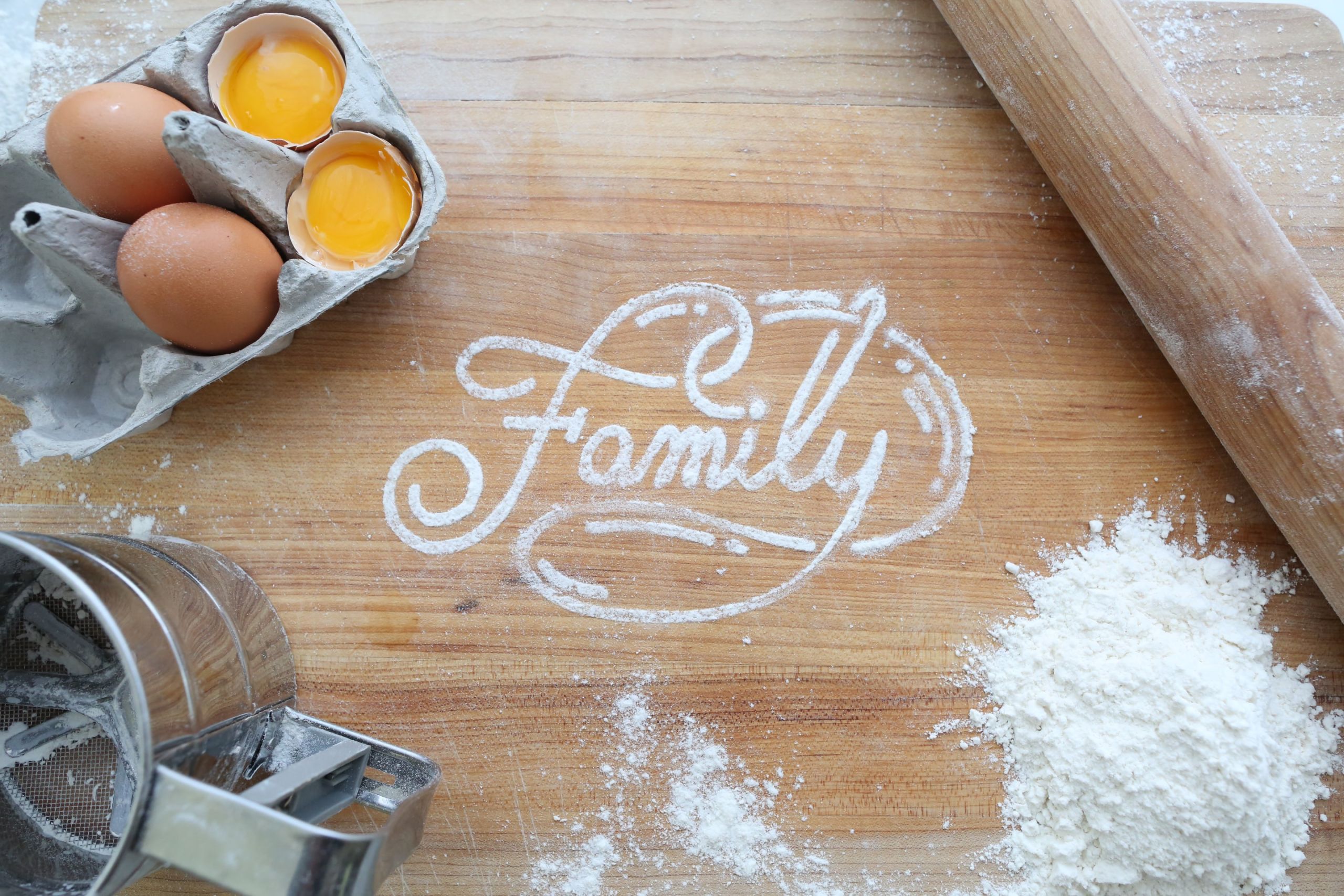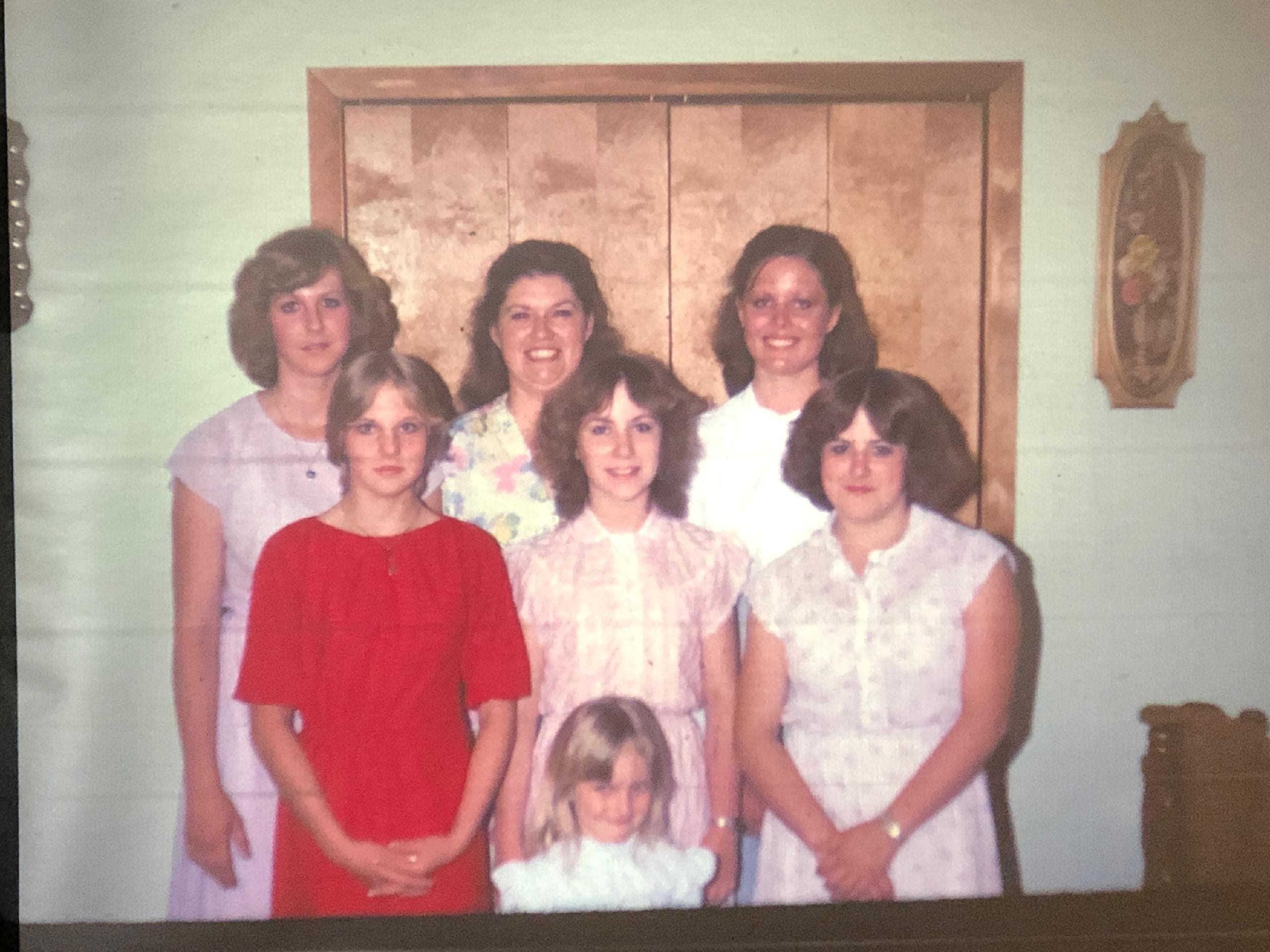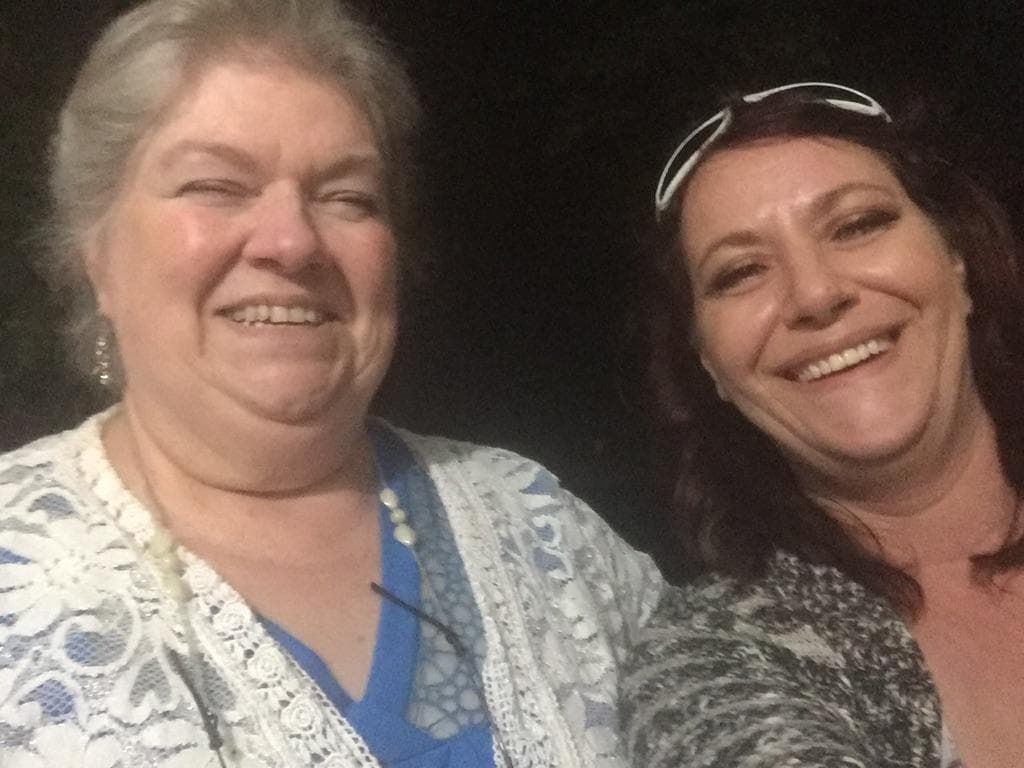The real house wives of the world
This article looks at the real lives of women who choose to stay at home and be housewives and full-time mothers

With more women choosing to be stay at home mothers and housewives what does this really mean and do stereotypical opinions surrounding it need to change?
In this article I will look at the women who stay at home, looking at the judgement they receive from others on this decision and also why they have made the choice not to ‘work’ in a typical sense of the word, and most importantly what it really means to be a stay at home mam/housewife.
Stay at home mothers and housewives often face judgement on this choice and like every aspect of life face stereotyping especially derived from the media.
Television shows such as ‘The real housewives of...’ has painted an image of those who choose to stay at home of one of glamour, where wealth and excess are priority and the women have one goal that very rarely tends to be what benefits those around them.
This is, however, very rarely a reflection of the majority of how these women live. Keeping the ideas of the representation in the media of these women I Spoke to Darlene Smith Meadows, a stay at home wife and mother from Mid-Georgia USA, who had this to say “I honestly work harder at home than I ever did when I was working outside the home. Ladies of Leisure? Maybe some are… I most definitely am not.”
There are so many different viewpoints of the reasons behind others staying at home, from just asking a handful of people the variation in answers and opinions is remarkable from ‘being lazy’ too ‘making a huge sacrifice staying at home to put all their effort into family life’. There is no shortage of differing opinions. Even to the women themselves choosing to stay at home it means a different thing to each of them.
One Housewife, Lisa Jones from Melbourne Australia, believes being a housewife in the 21st century is “A decision to put the needs of my family first and provide for the household in ways other than financial.”
Mrs Meadows believes “It looks different to each woman who does it. I could just be a stay at home wife/mama and still send my children off to school, buy everything rather than making it, but I choose to be, not only a thrifty wife, but a concerned and informed wife and mother.”
While Samantha Chapman a stay at home mother from Sunderland told us how “It is still important that I teach my children that working and earning is something you need to do in some section of your life. It helps to understand the value of money. It is a hectic life, but I love my children dearly and understand people have their own opinion”.
These are three women who chose to stay at home, but all have differing views about what is important and what is means to be a stay at home mother or housewife. So, with differing opinions what does research say?
A Poll by Gallup revealed that more stay at home mams report feeling sadness or anger in their everyday than women who work outside of the home. 60,000 women were surveyed including working mams, say at home mams, women with no children. While the majority of stay at home mams reported feelings of stress the previous day, it is important to realise that while the numbers are bigger the differences isn’t huge. 42% of stay at home mams reported they were struggling while the number of working mothers was 36%
The study concludes it is important that every stay-at-home mam has an established support network, including regular outings with friends to get that much-needed break and prevent ‘mommy burnout’.
Lisa told me how “until recently, I have always worked full time juggling 90% of the house running load which lead to a lot of burn out and disappointment that home life seemed to come second to work and life. When I worked, I would have killed for this kind of like balance! Living the dream really!”
So, while each woman copes and works differently, when speaking to these women there is one thing that most seem to agree on and was often brought up. That there is still a stigma attached to being at home.
We spoke about the stigma to Beth Larson a stay at home mam from Neoga IL. Her opinion on this topic was that “There is definitely a stigma that is carefully taught throughout the educational system about ‘stay at home moms’. The premise being that we are not intelligent enough to do anything else. I remember being told many times that ‘the speaker’ was jealous of being able to lay on the couch eating bon-bons and watching TV all day. (Like I ever have time for that!)”
Mrs Jones had also had similar experiences in another part of the world with similar stereotyping “People have all sorts of opinions. Mostly surrounding my marriage (husband is controlling, lazy or abusive), or there being something secretly wrong with my health or mental health. It’s mostly women who can’t understand not financially contributing to the household and men think I’m some sort of slave.”
A desire for family flexibility is the first reason why 90% of stay at home mothers choose to do so. Choosing to work from home is a choice that comes from looking at happiness and struggling to balance work with parenting.
Melinda Pittser from Pennsylvania told us how hard she works in the home, ‘waking up at 5:30 to get herself ready for the day before making sure each of her children are up and ready to start their day.’ Making sure their families are happy is the full-time job for these women.
The stereotyping and stigma facing women who stay home is the same in many parts of the world from England to Australia. Media is a huge contribution towards this and something corporations need to address, with an increase in women choosing to stay at home it is becoming more important that the stigma begins to change and become that of a more positive one that see’s the reasoning behind each women’s choice.
For many of these women staying at home comes from both desire and also convenience. Looking after a household is a full-time job for these women and many choose to add more work on top. It’s a choice each woman makes to best suit themselves and their life.

Photo by James Besser on Unsplash
Photo by James Besser on Unsplash

Beth Larson (a stay at home mother) Centre back with her daughters
Beth Larson (a stay at home mother) Centre back with her daughters

Beth Larson and her eldest daughter.
Beth Larson and her eldest daughter.

Freya-grace helping her mother cook
Freya-grace helping her mother cook

Alisha Richardson and her daughter Freya
Alisha Richardson and her daughter Freya

